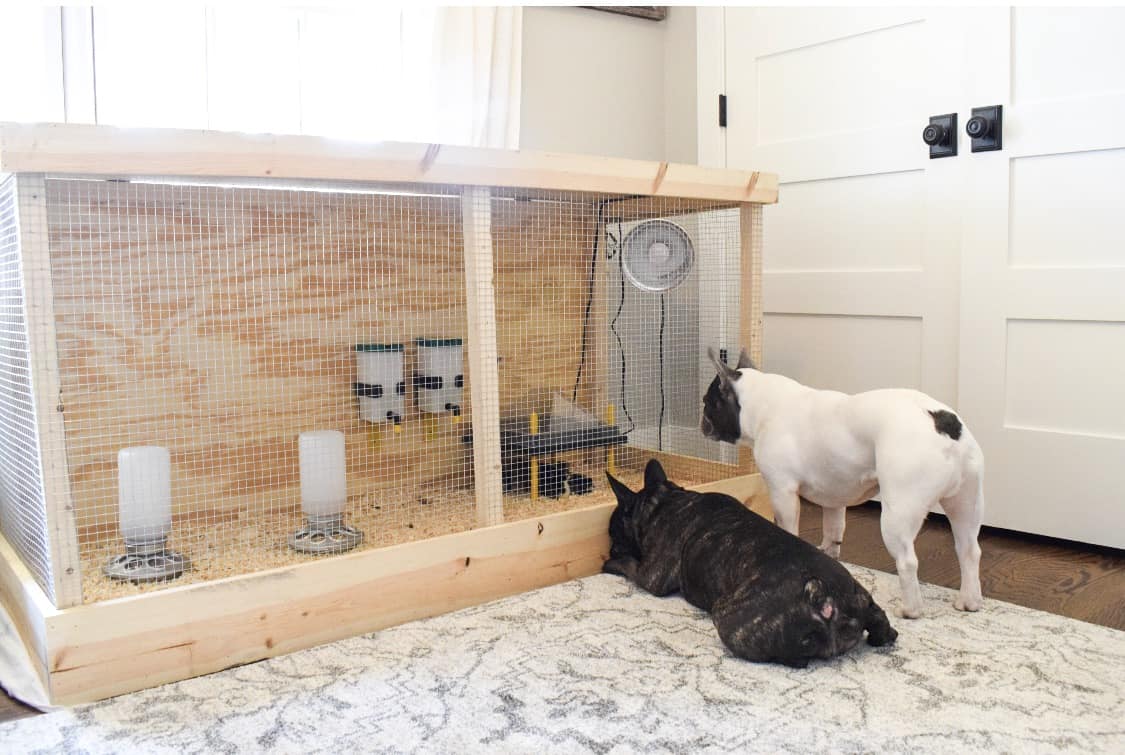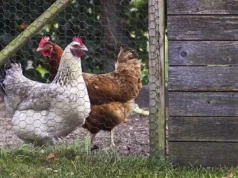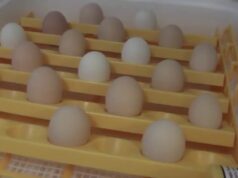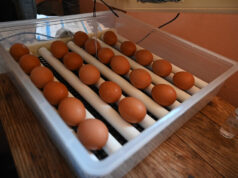Starting your journey into the world of chickens can be exciting, especially when welcoming new chicks. These tiny creatures require special care, and knowing how to set up a chick brooder is essential for their development and well-being. A chick brooder provides warmth, protection, and a nurturing environment. In this guide, we will walk you through everything you need to know to create the perfect chick habitat.

Understanding the Purpose of a Chick Brooder
A chick brooder is a warm, secure environment designed to support the early life stages of chicks. Much like a mother hen, the brooder provides heat and safety, mimicking natural conditions for growth. It’s crucial to set up the brooder before your chicks arrive to ensure their immediate comfort.
Gathering Essential Brooder Supplies
Choosing the Right Brooder Box
The brooder box can be a simple cardboard container or a more durable plastic one. It needs to be large enough for the number of chicks and for them to move freely. Consider adding a lid or mesh cover to prevent escapes and keep out other animals.
Selecting a Heat Source
Chicks need warmth, typically maintained by a heat lamp or panel. Ensure the heat source is secure, adjustable, and provides consistent warmth. Position it safely to prevent accidents.
Bedding Materials
Soft bedding like wood shavings or paper towels are ideal for lining the brooder floor. Avoid slippery surfaces that may cause injury. Bedding should be changed frequently to maintain a clean environment.
Feeders and Waterers
Chick-specific feeders and waterers prevent contamination and reduce the risk of drowning. Ensure easy access to food and water at all times.
Setting Up Your Brooder
Preparing the Brooder Box
Place the brooder in a draft-free area. Add the bedding evenly across the bottom and secure the heat source at one end, allowing chicks to find their preferred comfort zone.
Adjusting Temperature
Start with a temperature of about 95F (35C), decreasing by 5F each week. Use a thermometer to monitor and adjust as necessary.
Organizing Food and Water Stations
Position feeders and waterers so they are easily accessible but not directly under the heat source to prevent spoilage.
Monitoring Chick Health
Signs of a Healthy Chick
Active movement, clear eyes, and clean feathers are indicators of healthy chicks. Watch for any signs of distress or illness.
Common Health Issues
Be aware of health issues such as pasty butt or respiratory problems, and consult resources or a vet if needed.
Maintaining Your Brooder
Daily Cleaning
Regular cleaning is essential. Spot-clean daily and perform a thorough cleaning weekly, replacing soiled bedding and sanitizing feeders.
Adjusting Environment as They Grow
As chicks grow, they require more space and lower temperatures. Adjust the brooder setup accordingly and introduce a gradual transition to outside conditions.
When is the Right Time to Move Chicks Outside?
Once chicks are fully feathered, typically between 4-6 weeks, they can transition to outdoor coops. Gradually acclimate them to uneven temperatures.
For additional information on their development stages, check out this article on stages of egg formation.
Resources for Further Learning
For more detailed instructions and recommendations on brooder accessories, visit this external guide.

FAQ
What size should my brooder be?
Ensure at least one square foot per chick to allow comfortable movement and growth.
How long do chicks stay in the brooder?
Chicks typically stay in the brooder until they are 4-6 weeks old and fully feathered.
What temperature should the brooder be?
Start with 95F (35C) during the first week, decreasing weekly by 5F until acclimatized to room temperature.
This article contains affiliate links. We may earn a commission at no extra cost to you.











